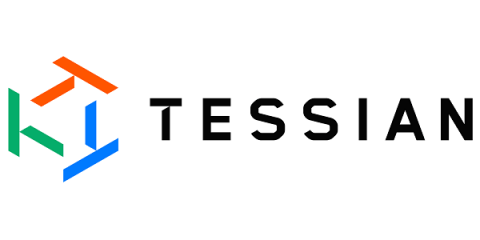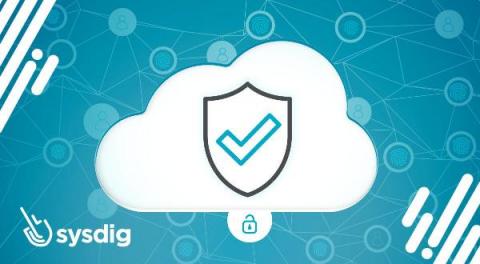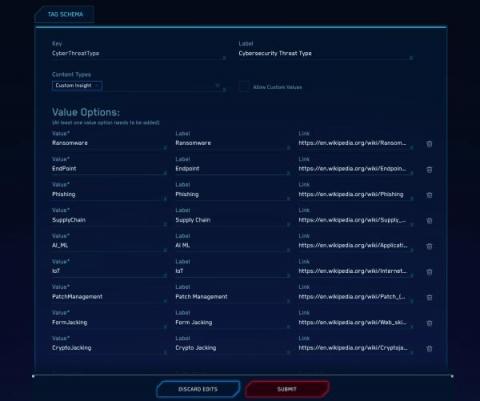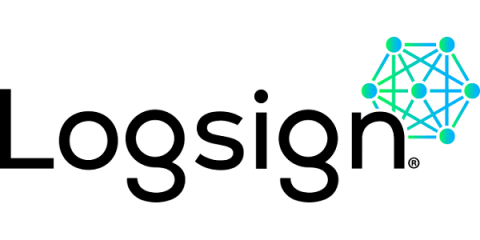Supply Chain Shock: Realities About the Security of the Software Supply Chain
News reports on attacks on the “supply chain” are becoming an almost every-day occurrence. First there was SolarWinds, then Kayesa, followed by countless other large and small supply chain attacks. Global businesses, economies, and lives are intricately connected to each other through applications and the internet. When critical systems are attacked and operations are affected, the downstream problems quickly become apparent.











